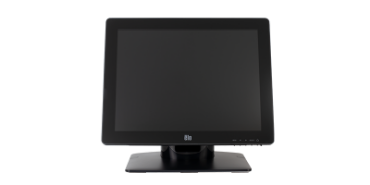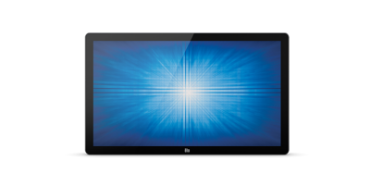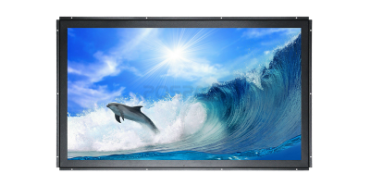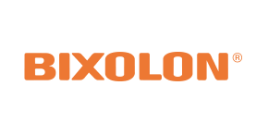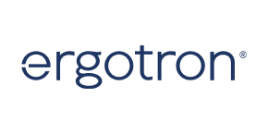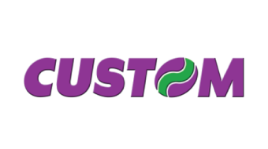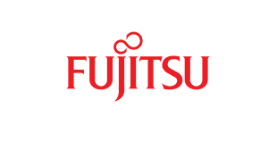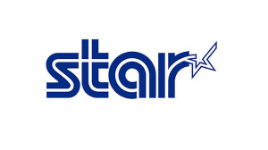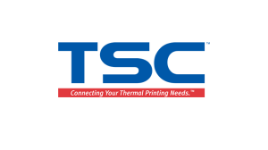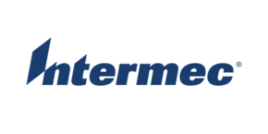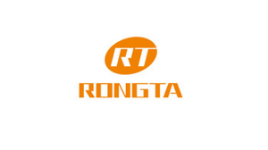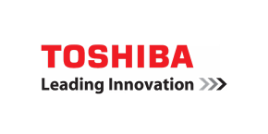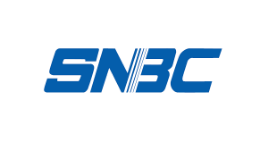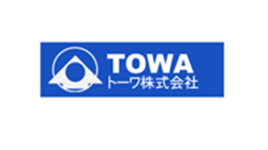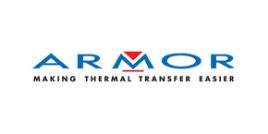Touchscreen Monitor
Touchscreen Monitor technology is increasingly popular in the electronics and information technology industries today. This article will detail touchscreens and why this technology has become so popular.
Touchscreens work using touch sensors embedded in the screen's surface. When touched, the system detects the location and evaluates the action performed by the user, translating it into commands or actions that can control devices or applications, such as scrolling, clicking, or writing with a finger.
There are 2 types of touchscreens:
-
Capacitive Touch Screen: Capacitive touchscreens are commonly used in smartphones, tablets, and other touchscreen devices. They can detect touch using a finger or a conductive stylus, such as a finger or fingerprint. They are sensitive and responsive to touch and swipes, requiring no hard press to detect a touch.
-
Resistive Touch Screen: Used in older devices and since the inception of touchscreen technology, they require a firm press to detect a touch. They can be touched with any object, such as a finger, stylus, or even a fingernail. The response is not as good as capacitive screens.
Touchscreens have various applications in daily life and industries. We may encounter touchscreens in places such as:
- Smartphones and Tablets: Capacitive touchscreens are used to control and interact with portable devices.
- Computers and Laptops: Touchscreens are often used in keyboards and touchpads for convenient control of the mouse or for gesture recognition.
- Barcode Scanners: Touchscreens are used in the wholesale industry to check product details through barcode scanning.
- Stores or Restaurants: For using cash registers or other entertainment systems like order placement systems.
- Display Devices: In entertainment, touchscreens are used to create interactive displays for games, presentations, and shows.
Advantages of Touchscreens
- Ease of Use: They are easy to use and learn, requiring no special skills.
- Quick Response: They operate quickly without the need for additional peripherals like a mouse or keyboard.
- Durability: They are resistant to dirt and robust usage.
Touchscreen technology is beneficial and convenient for various types of devices and applications. Its development and deployment in different industries continue to expand, aiming to enhance user experience in the future.



































